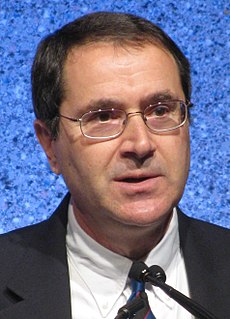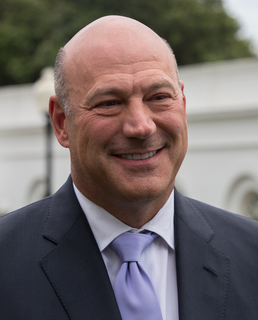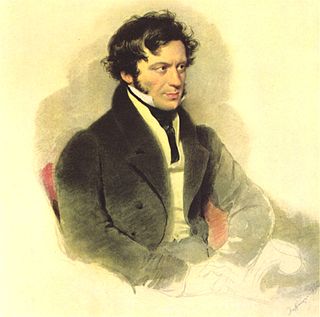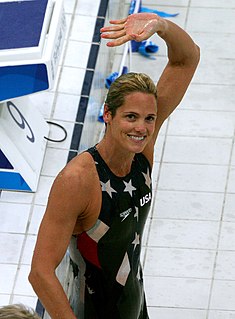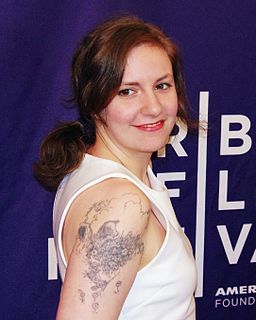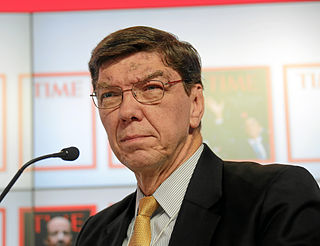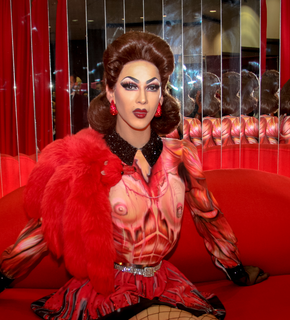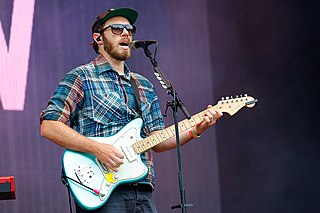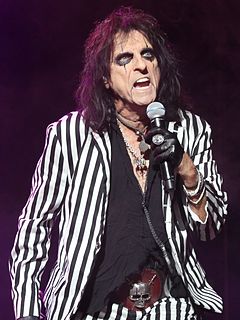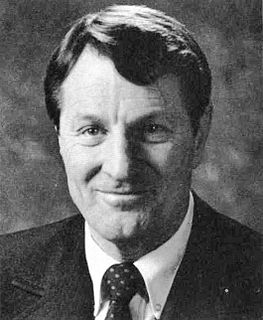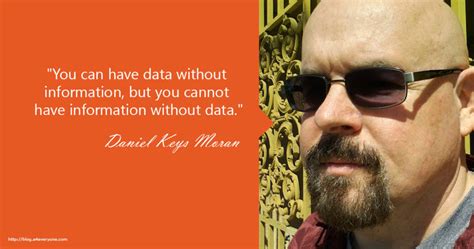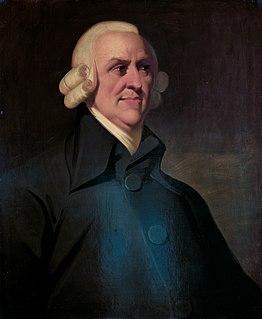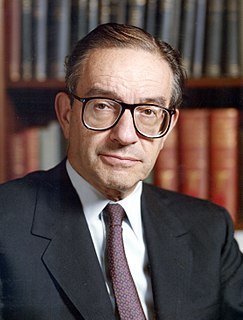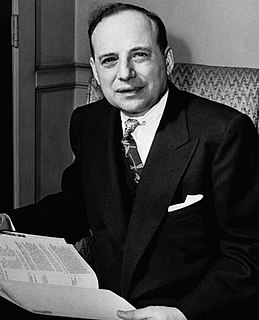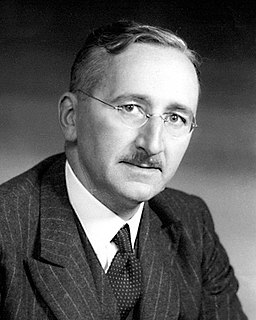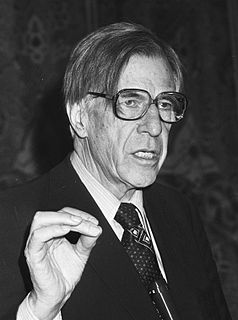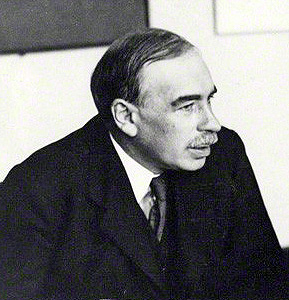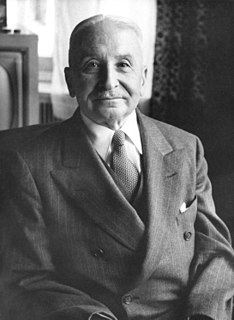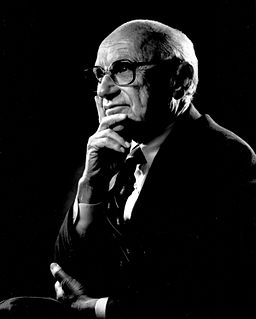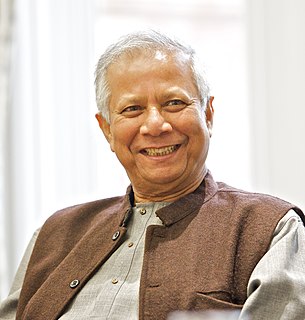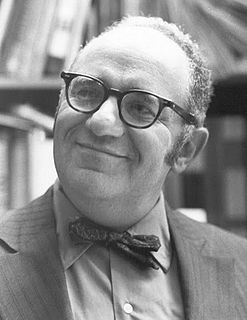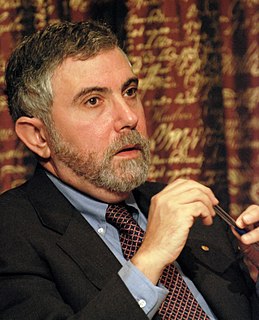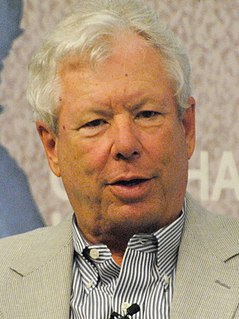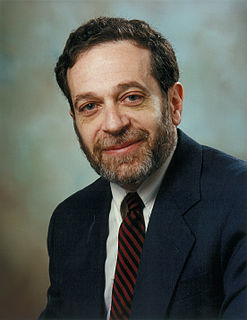A Quote by David Galenson
Artists who have produced experimental innovations have been motivated by aesthetic criteria: they have aimed at presenting visual perceptions. Their goals are imprecise, so their procedure is tentative and incremental.
Related Quotes
Keep yourself motivated. You've got to be motivated, you've got to wake up every day and understand what that day is about; you've got to have personal goals - short term goals, intermediate goals, and long term goals. Be flexible in getting to those goals, but if you do not have goals, you will not achieve them.
My philosophy, one of the biggest enemies of future success is past success, because you become complacent, you become risk averse, and that's one of the things we try to drive here, and this is fundamental to this philosophy, and that's in this component change, and also in value creation. That we need to drive creative destruction, not just incremental innovations, but innovations that will change the whole nature of the business.
I find that goal setting, when done this way, leads to goal achieving. The chronic failure to achieve goals lowers self-esteem. Show me a failure to achieve a goal, and usually I can show you the violation of one or more of the above criteria. Imposed goals, vague goals, and unrealistic goals tend to produce only partial successes and outright failures.
